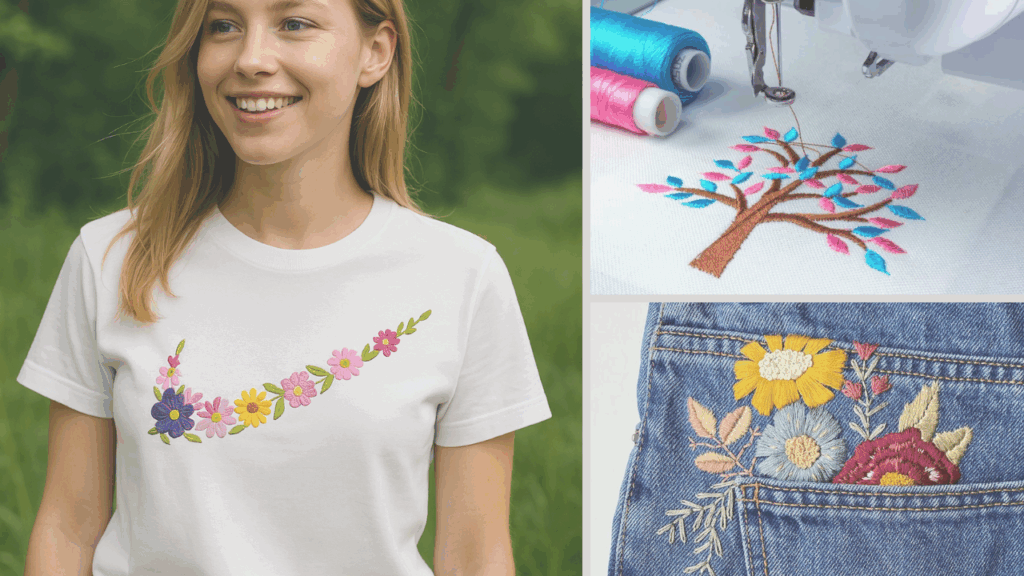News
Why Embroidered Shirts Are the Eco-Friendly Fashion Choice
In an era where environmental concerns are no longer niche but necessary, our closets are being called into question.
What we wear—and how it’s made—matters more than ever.
And while fast fashion still dominates the shelves with its rock-bottom prices and ever-changing trends, a quieter, more sustainable fashion movement is growing stronger with every stitch: embroidered clothing.
Among the most beloved pieces in this movement are embroidered shirts.
From delicate florals on a crisp collar to bold statement art across a sweatshirt’s back, embroidery brings something unique to the table: individuality, longevity, and a surprisingly sustainable backbone.
In this blog, we’ll unravel the many reasons why embroidered shirts aren’t just beautiful—they’re some of the greenest, most ethical, and emotionally satisfying fashion choices you can make in 2025.
So if you’re looking to dress with intention, creativity, and care for the planet, you’re in the right place.
Fast Fashion Is a Global Problem—Embroidered Shirts Are the Antidote
Let’s not sugarcoat it: fast fashion is one of the most polluting industries on Earth.
It churns out clothes at breakneck speed, encouraging consumers to buy more and toss items quickly. The result?
- Over 92 million tons of textile waste produced each year
- Roughly 10% of all global carbon emissions traced to fashion production
- Tens of billions of garments discarded annually—many unworn or barely used
- Exploitative labor practices and overuse of natural resources, including water
This system thrives on disposability. And that’s where embroidered shirts come in—not as a trend, but as a quiet rebellion.
They take time. They tell stories. They aren’t made for a single season, but for a lifetime of wear.
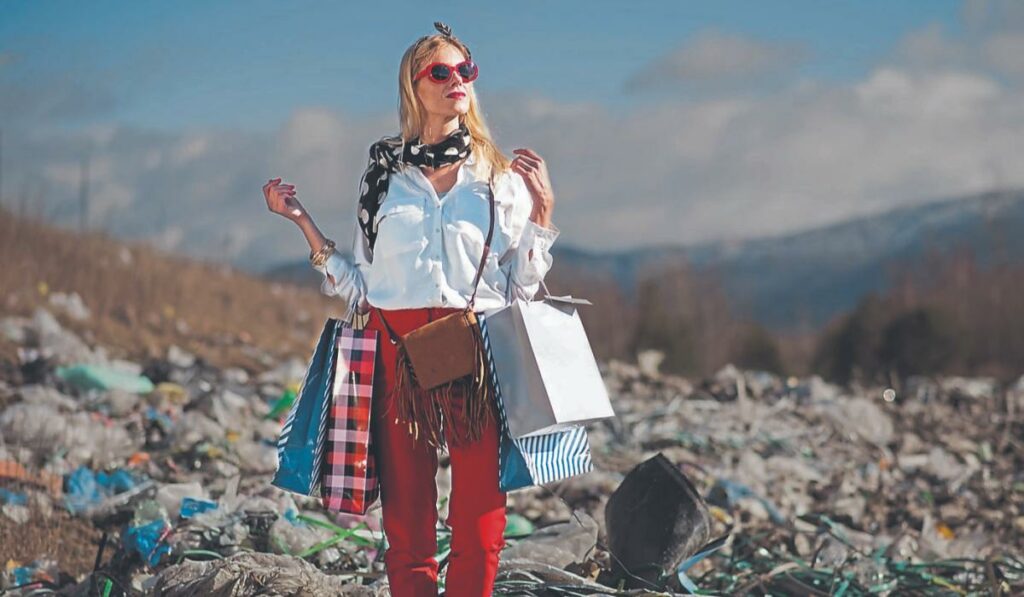
The Slow Fashion Spirit of Embroidery
Embroidery is the very definition of slow fashion. Every stitch is a declaration that beauty takes time and intention.
Unlike mass-printed shirts that roll off production lines by the thousands, an embroidered shirt is crafted—often by hand, sometimes by machine, but always with care.
Here’s what makes it powerful:
- Hours of creation go into a single piece
- Unique designs mean no two shirts are exactly alike
- Higher quality materials often accompany embroidered garments, making them last longer
Embroidered shirts are not impulse buys.
They’re thoughtful additions to a wardrobe—pieces that hold meaning, value, and pride.
They’re designed to be worn again and again, not forgotten in the back of your closet.
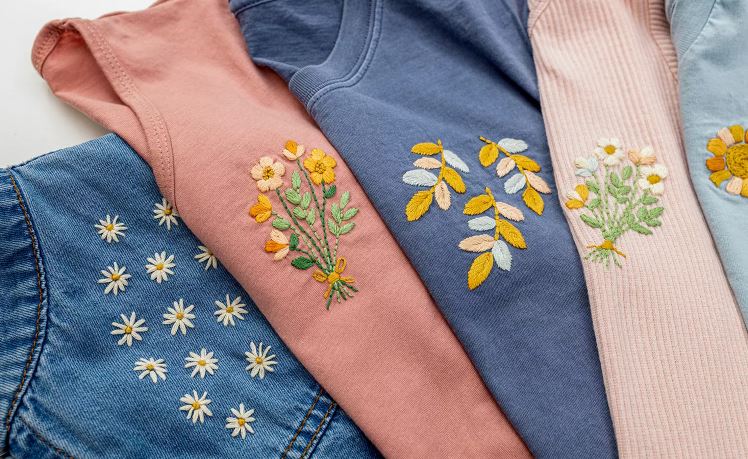
Earth-Loving Fabrics Are the Norm, Not the Exception
Many embroidered shirts—especially those crafted by small makers or ethical brands—are made using natural, sustainable fabrics.
These materials are not only better for the planet but also better for your skin.
Popular sustainable fabrics in embroidered shirts include:
- Organic Cotton – Breathable, soft, biodegradable, and uses less water in cultivation
- Linen – Made from flax, requires minimal pesticides, and is naturally cooling
- Hemp – One of the most eco-friendly textiles; grows quickly, resists pests, and enriches the soil
- Tencel/Lyocell – Made from wood pulp in a closed-loop process, it’s soft, durable, and biodegradable
And let’s not forget the impact of natural or low-impact dyes, which are frequently used in small-batch embroidered fashion.
These dyes reduce toxic runoff and lessen harm to ecosystems and waterways.
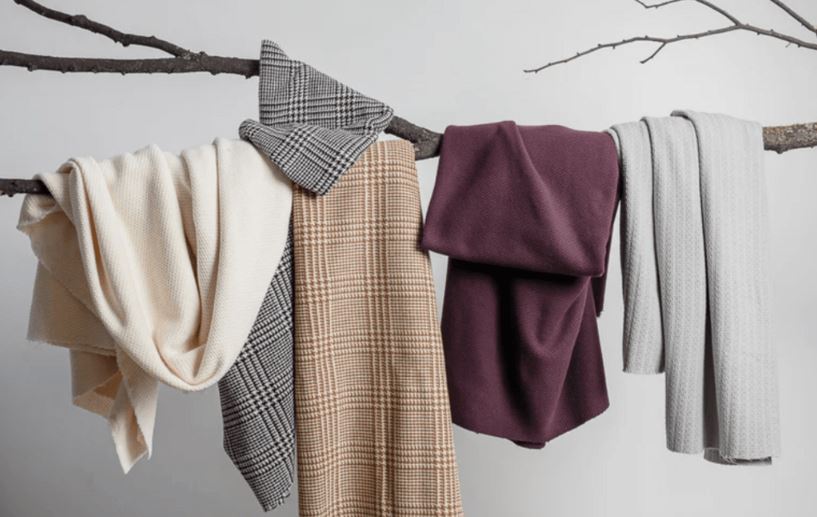
Supporting Real Humans, Not Machines
Behind every embroidered detail is a story. Sometimes it’s a generational skill passed from mother to daughter.
Other times, it’s an artisan in a local studio carefully curating threads into art.
When you buy embroidered shirts—especially handmade or small-batch ones—you’re not just purchasing fashion. You’re supporting livelihoods.
Buying embroidered pieces often means you’re supporting:
- Women in rural and global artisan communities
- Independent creators who uphold ethical labor standards
- Preservation of traditional cultural art forms
- Fair-trade and safe working environments
Instead of faceless factories, you’re funding families, futures, and fair pay.
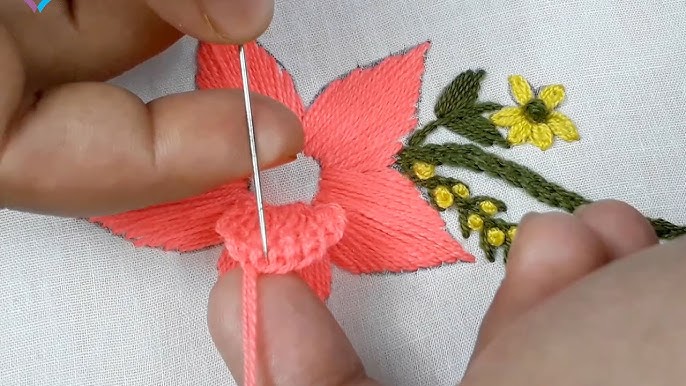
A Smaller Carbon Footprint from Production to Purchase
Fast fashion relies on global supply chains, moving products across continents and through energy-hungry factories.
Embroidered shirts—particularly those made locally or in small batches—have a significantly lighter footprint.
Why embroidery reduces emissions:
- Local production means fewer emissions from shipping
- Lower volumes mean less waste and energy use
- Durability equals fewer replacements, reducing your need to buy more often
- No need for large-scale printing machinery, which consumes massive electricity
In short, when you buy one high-quality embroidered shirt that lasts years, you’re skipping the cycle of buying ten low-quality ones that fall apart in a season.
That’s big-picture sustainability.
Emotional Sustainability: The Bond You Form with Clothes That Matter
Sustainability isn’t only about numbers—it’s about feelings. And embroidered shirts excel in emotional sustainability.
Have you ever noticed that certain pieces in your wardrobe just… stay?
Not because they’re trendy, but because they feel like you. They carry memories. They spark joy.
Embroidered clothing tends to fall into this category more often than mass-produced apparel.
Why? Because:
- The texture and detail engage the senses
- The design feels personal and expressive
- The time and artistry demand appreciation
- They’re often linked to culture, memory, or intention
You’re far more likely to care for an embroidered shirt—to mend it, store it well, and cherish it—than something you picked up for $4 at a mega-retailer.
That kind of long-term love is a sustainable act in itself.
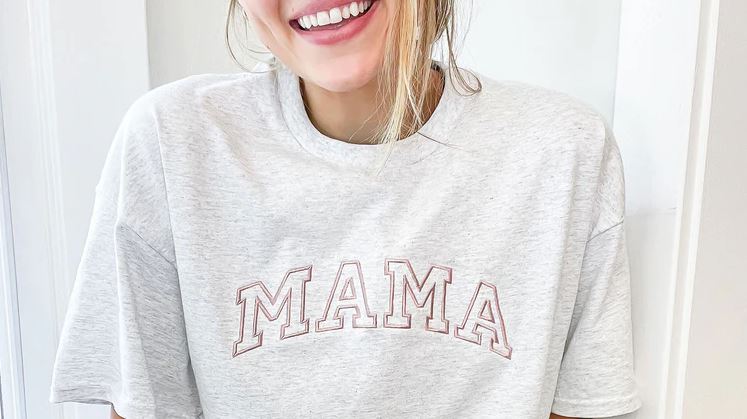
Upcycling, Repair, and Creative Expression
Embroidered shirts aren’t just about new fashion—they’re also a gateway to reimagining what you already own.
Many creative upcyclers are now turning old shirts into stunning embroidered pieces.
Here’s how embroidery supports circular fashion:
- Covers stains or rips with beautiful designs
- Adds flair to old clothes, extending their life
- Encourages creative reuse over discarding
Rather than throwing out an item because of a small imperfection, embroidery offers a second life—and often, a much more interesting one.
You can stitch over tears, add motifs to boring basics, or turn your favorite worn-out tee into a statement piece.
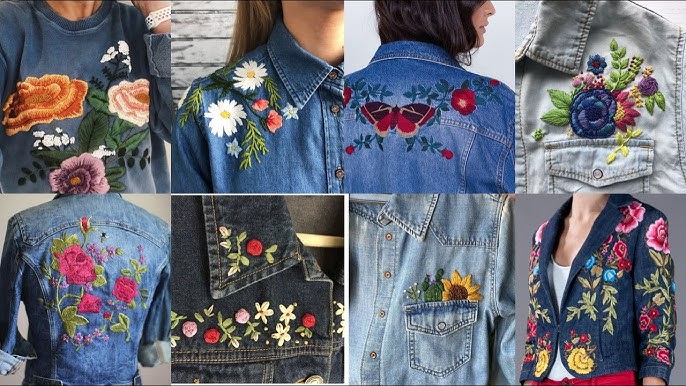
Cleaner Production Processes
Traditional clothing production often involves harsh chemical dyes, intensive water use, and pollutive practices.
Embroidered clothing, especially handmade, tends to skip many of these steps.
Benefits of embroidered shirt production:
- Often no synthetic dyes or chemical finishes
- Lower water consumption—no wet-printing or toxic rinsing
- Minimal use of plastics, unlike screen printing which relies on synthetic materials
It’s a simpler process. Fewer steps. Fewer pollutants. Cleaner for the planet.
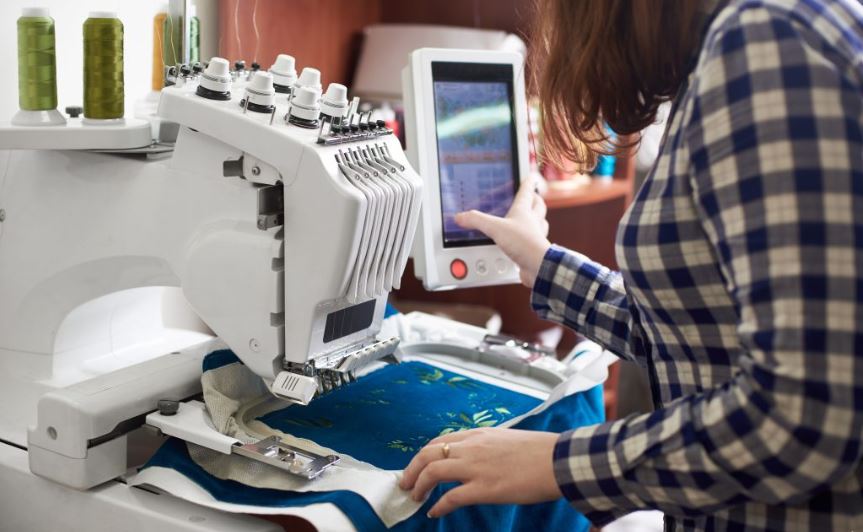
Embroidery as Cultural Preservation
Embroidery isn’t just fashion—it’s art. And in many cases, it’s cultural heritage.
From the intricate patterns of Vietnamese silk embroidery to bold, colorful Otomi embroidery in Mexico and the delicate Kantha stitching of India, embroidered shirts carry centuries of history.
When made with respect and intention, buying or wearing embroidered shirts becomes an act of preservation.
Why this matters:
- Keeps traditional techniques alive
- Provides economic opportunity for artisans
- Raises awareness and appreciation for global crafts
Instead of cultural appropriation,
it becomes cultural celebration—so long as you’re sourcing ethically and honoring the story behind the stitch.
Timeless Style with a Purpose
Fast fashion is built on trends. What’s hot today is gone tomorrow. Embroidered shirts don’t follow that rule.
They’re timeless. They transcend seasons. A white button-up with a hand-stitched floral motif?
That’s never going out of style. A cozy sweatshirt with minimal geometric embroidery?
Still relevant next year—and the year after that.
You’re investing in pieces that won’t need replacing, won’t feel dated, and won’t lose their charm.
That’s one of the most sustainable choices you can make.

Lower Microplastic Pollution
Here’s something you might not think about: every time you wash synthetic clothing, it releases microplastics into our waterways.
Polyester, acrylic, and other synthetic fabrics shed tiny plastic fibers that can’t be filtered out by treatment plants.
Embroidered shirts—especially those made with natural fibers like cotton or linen—don’t contribute to this problem nearly as much.
They wash cleaner. They don’t break down into environmental toxins.
They’re safer for the oceans, the fish, and ultimately—us.
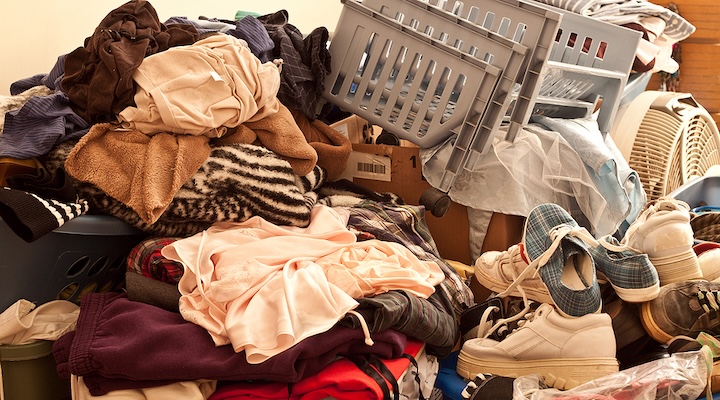
You’re Voting With Every Purchase
Every time you choose an embroidered shirt over a mass-market tee, you’re making a decision that echoes far beyond your closet. You’re:
- Supporting a slower, more thoughtful industry
- Choosing to wear something meaningful and long-lasting
- Saying “no” to exploitative practices and wasteful systems
- Encouraging brands to prioritize sustainability and craftsmanship
It might feel small. But collective choices are what shift industries. And in the world of fashion, every thread counts.
Final Stitch: Small Threads, Big Impact
The next time you slip on an embroidered shirt, pause for a second.
Feel the texture. Look at the care in each stitch. Think about the hands that made it.
The story it might tell. The resources it didn’t waste.
It’s more than just fashion—it’s a quiet act of rebellion. A small victory for the environment. A celebration of art, culture, and intention.
So whether it’s a dainty flower embroidered near the neckline, a bold phoenix across your back, or a meaningful phrase stitched into the hem, your embroidered shirt is doing more than looking good.
It’s doing good.

